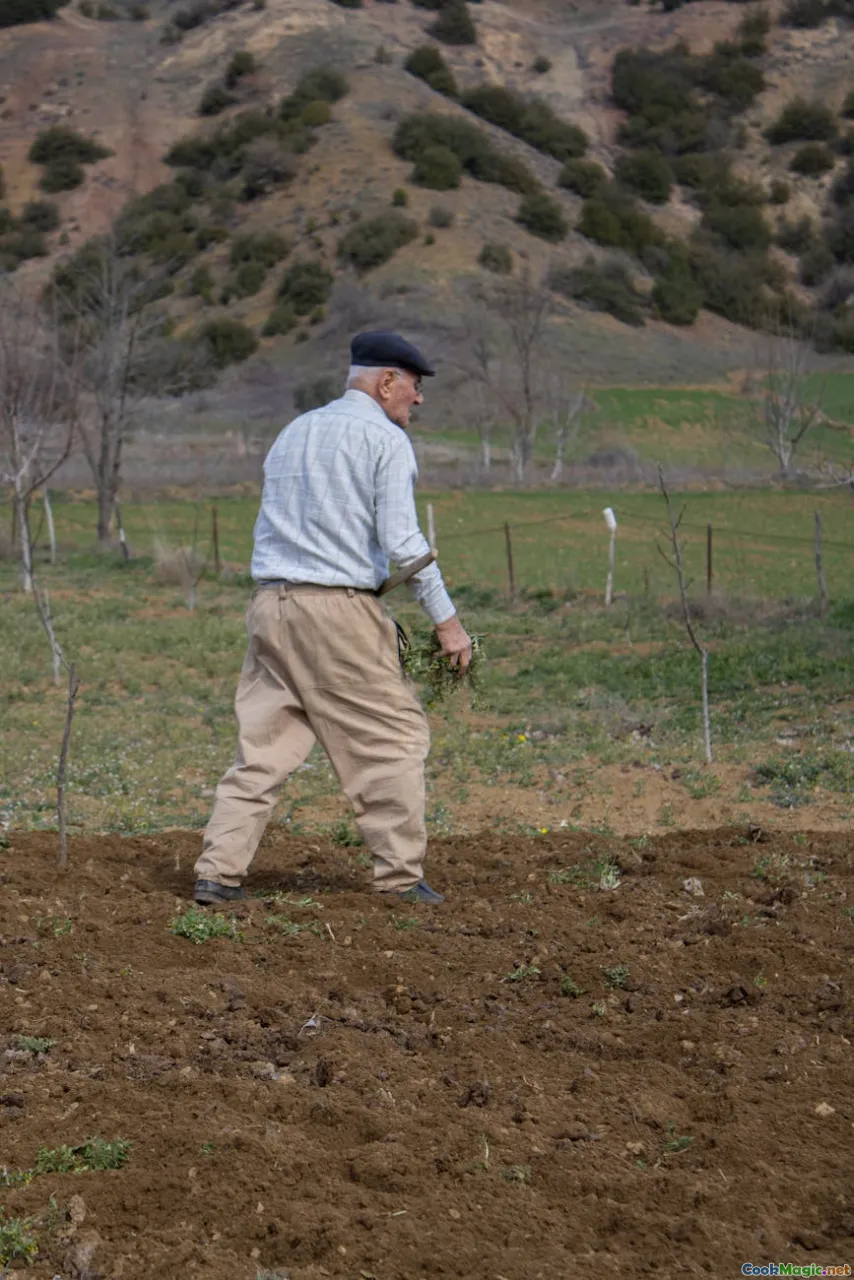Exploring the History of Traditional Hāngi Cooking
7 min read Dive into the rich history of Hāngi, Māori's traditional earth oven cooking, exploring its cultural significance, techniques, and timeless flavors. April 25, 2025 02:00
Exploring the History of Traditional Hāngi Cooking
Imagine a landscape where the air is thick with the aroma of smoky earth, the gentle hum of anticipation, and the promise of a communal feast rooted in centuries of tradition. This is the essence of Hāngi, a Māori method of slow-cooking that transforms humble earth and fire into a feast for the senses. To truly appreciate Hāngi is to delve into a rich tapestry of history, culture, and sensory wonder—an experience that connects past and present in the most primal way.
The Origins and Cultural Significance of Hāngi
A Window into Māori Heritage
Hāngi is not merely a cooking technique; it is a living tradition that embodies Māori identity, community, and spirituality. Rooted deeply in ancestral practices, Hāngi dates back over 1,000 years, a testament to its enduring place in Māori life.
Historically, the Hāngi served as the centerpiece for significant gatherings—births, marriages, and funerals—transforming food preparation into a sacred ritual. It symbolizes unity, respect for the land, and reverence for ancestors, who are believed to guide the hands and hearts of those preparing the feast.
The Spiritual Connection
Māori worldview emphasizes the interconnectedness of land, people, and spirituality—a philosophy mirrored in the Hāngi process. The earth is viewed as a living ancestor (whakapapa), and by cooking in the earth, the Māori honor their relationship with nature and their ancestors' spirits.
The Technique: From Ground to Plate
Preparing the Earth Oven
The preparation of a Hāngi begins with selecting a suitable site—typically a cleared patch of earth that can withstand the heat. Stones—usually volcanic or river stones—are stacked in a pit, then ignited to create a hot bed of coals.
While the stones heat up, layers of prepared food are wrapped in natural materials like taro leaves, newspaper, or cloth to retain moisture and infuse flavor. These include meats like pork, chicken, lamb, and seafood, as well as root vegetables such as kumara (sweet potato), yams, and carrots.
The Cooking Process
Once the stones reach optimal temperature—glowing and red—they are carefully covered with earth, creating an insulated oven. The wrapped food is then placed on top of the stones, followed by another layer of earth to trap the heat.
Cooking times vary from 2 to 4 hours, during which the earth's heat slowly and evenly cooks the food. The result is tender, smoky, and infused with earthy flavors—a culinary alchemy born from patience and respect for nature.
Unveiling the Feast
When the Hāngi is ready, the earth is carefully excavated, revealing a tantalizing array of steaming, aromatic food. The visual spectacle of the food emerging through the earth is as much a part of the ritual as the cooking itself. The aroma—rich, smoky, and savory—invites everyone to gather around and share in the bounty.
Sensory Experience: A Feast for the Senses
Visual and Aromatic Appeal
The vibrant colors of kumara, the glistening sheen of tender meats, and the earthy aroma create a feast for the eyes and nose. The steam rising from the earth promises a sensory journey—smoky, savory, and comforting.
Taste and Texture
The flavor profile is complex: the smoky infusion from the earth, the natural sweetness of roasted kumara, the succulent tenderness of meat, and the subtle seasoning that emerges from slow cooking. The texture is melt-in-your-mouth tender, with a delightful contrast between crispy edges and moist centers.
Emotional and Social Significance
Eating Hāngi is more than sustenance; it's an act of community and tradition. Sharing this meal strengthens bonds, honors ancestors, and sustains cultural identity.
Personal Reflections and Modern Revival
Embracing Tradition in Contemporary Times
Today, Hāngi continues to thrive, not only in traditional settings but also in cultural festivals, schools, and tourism ventures. Chefs and enthusiasts are reviving this ancient technique, blending respect for tradition with innovative culinary twists.
Personal Connection
Having experienced a Hāngi firsthand during a cultural festival in New Zealand, I was struck by the reverence and joy that accompanied the cooking process. The communal effort, the anticipation, and the moment of unveiling created a profound connection—not just with the food, but with the Māori people and their history.
The Future of Hāngi
As the world becomes more connected, the Hāngi serves as a powerful reminder of the importance of preserving cultural heritage. It invites us to slow down, respect natural elements, and celebrate community through food.
Conclusion: An Enduring Legacy
Hāngi is more than a cooking method; it is a living symbol of Māori resilience, spirituality, and communal spirit. Its history is etched into every stone, every wrapped leaf, and every shared meal. To explore Hāngi is to taste a piece of Māori soul—earthy, smoky, and profoundly authentic.
So next time you gather around a fire, remember the ancient Māori tradition that turns earth and fire into a celebration of life, history, and community. The legacy of Hāngi continues to inspire, teach, and delight—an enduring testament to the timeless dance between humans and nature.









